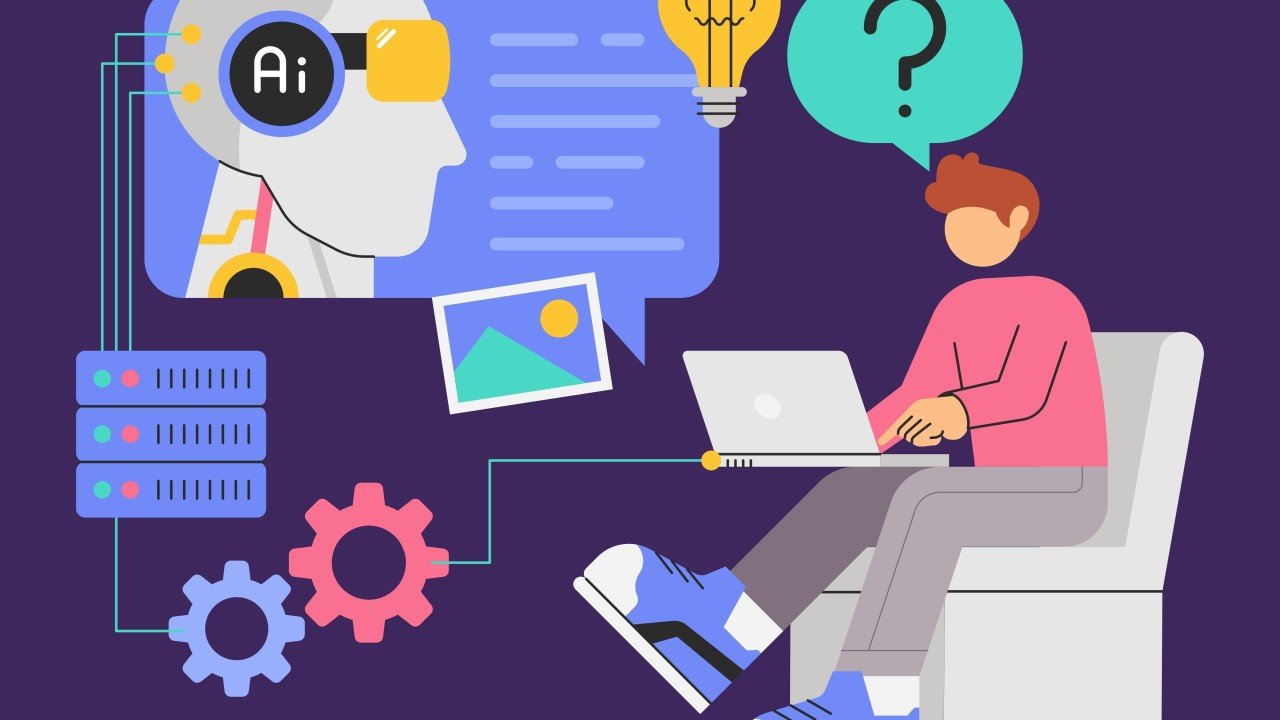Why Orchestration Is the Key Infrastructure for AI in the Enterprise
To get real business value from AI, companies must focus less on tools and more on how they are connected and governed.

Interest in AI across enterprises is booming, especially with the rise of AI agents—smart, autonomous tools designed to carry out complex tasks. According to Meta’s head of business AI, Clara Shih, AI agents will soon be as common in business as websites and email addresses.
But for this vision to become a reality, companies need more than just smart agents—they need the right infrastructure for AI. And the most critical piece of that infrastructure is orchestration.
What Is Orchestration?
Orchestration connects your entire operation—technology, people, and processes—into a unified system. It allows AI agents to function within your existing workflows by creating a structured environment where both humans and machines can collaborate effectively.
AI, like human workers, performs best with clear direction. Orchestration brings that structure. Without it, even the most advanced AI agents can become inefficient or even counterproductive.
Why Orchestration Matters in the AI Ecosystem
Imagine putting 130 musicians in a room without a conductor. Despite their individual talent, they produce chaos, not harmony. The same goes for AI in a business. Without orchestration, your AI tools operate in silos and fail to deliver their full potential.
Advertisement
We’re now accepting
Paid Promotions & Sponsorships
Here are three key ways orchestration strengthens the infrastructure for AI:
1. Seamless Connectivity
For AI to create real impact, it needs to work across all your systems—not just one app or interface. Orchestration platforms connect your tools and data, enabling agents to move freely through your tech stack. This ensures that AI agents aren’t locked into single-use cases but can support tasks across departments.
2. On-Demand Accessibility
AI should meet employees where they work—inside Slack, Teams, or internal dashboards. Orchestration makes this possible by allowing AI-powered workflows to be deployed exactly when and where they’re needed.
With tools like agent builders, internal teams can design custom processes that automatically deliver the right AI support at the right time. Employees simply ask a question, and the orchestration layer activates the right agent—or multiple agents—to solve the problem efficiently.
3. Strong Governance and Control
Security and trust are critical when deploying AI in the enterprise. Orchestration gives organizations the ability to set strict rules around what AI agents can access and what actions they can perform.
It ensures that sensitive data stays protected, and that humans remain part of the decision-making loop when necessary. You can even program when agents should defer to a human—ensuring safe, compliant AI operations.
Building the Right Infrastructure for AI
Many companies focus on developing smarter AI models. But long-term success will depend more on how intelligently AI is used—not just how smart it is. That’s why the real infrastructure for AI starts with orchestration.
Companies that win in the AI era won’t just have the best tools—they’ll have the best systems in place to manage them. And orchestration is the foundation that brings it all together.
